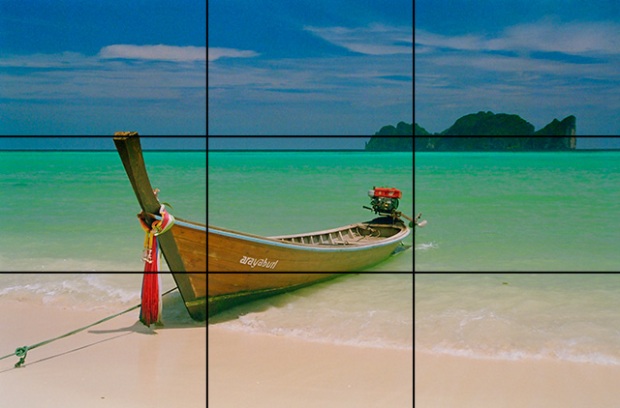Today’s essential question: How can I use natural light to take great photos?
Today we will take photos with great lighting during the first half of class. During the second half of class, we will convert our photos to black and white. We will post both the original color photos and the black and white version to our blogs today.
Here are some photos taken by SOTA students that make great use of lighting:
Photography Lighting Tips
- Go outside. The sun is a more even, flattering source of light than anything you can find inside.
- Avoid harsh sunlight. Cloudy days are better for taking photos, because the clouds diffuse the sunlight, softening both the light itself and the shadows it creates. For the same reasons, it is better to photograph in the morning or evening instead of high noon.
- Diffuse harsh light with position and location. We can’t control the weather, but we can work around it. If the lighting is particular harsh, move your subject to a shady spot, such as under a tree or against a building. Check to make sure there aren’t any harsh shadows being cast. Also, try walking around your subject or having them face different directions. The lighting can dramatically change depending on the direction you face.
- Hold still. If you are working with limited light, the shutter will remain open longer to properly light the photo. If you (or your subject) move during this time, the photo will be blurry.
- Avoid flash. It will over-expose the light areas and under-expose the dark parts of your photo, and you won’t be able to correct it in Photoshop.
- Shoot with the sun to your back or side. Shooting facing the sun will cause the same issues as your camera’s built in flash – it will over-expose the light areas and under-expose the dark parts of your photo, and you won’t be able to correct it in Photoshop.
How to convert your photos to black & white:
- Open Photoshop from the Start Menu at the bottom of the screen.
- Image -> Mode -> Gray scale
- Image -> Adjustments -> Levels
-
Look at the image that pops up. If your image has sufficient contrast, the “mountain range” will extend to the edge of the window.
If your image looks similar to this, you do not need to adjust the levels, and can close out of the window:If your “mountain range” of values does not extend to the edges of the window (such as the example below), you will click on the left cursor and drag it to the beginning of the left side of the mountain.
You will then click on the right cursor and drag it to the beginning of the right side of the mountain.
You will be able to preview what you are doing as long as the “preview” box is checked.5. When you have adjusted your levels, click ok.
6. Save the black and white version of your image. (File -> Save as.)
Do not replace the color version, as you will need to post both to your blog!
Today we will:
- Take photos with great lighting during the first half of class
- Convert the photos to black and white
- Create a new blog post with the following:
- BOTH versions (black and white and color) of the photos you took today
- A paragraph answering the following questions:
- What did you learn about photography and lighting today?
- What (if anything) will you change about the way you take photos in the future to ensure quality lighting?
- Do you prefer your photos in black and white or color? Why?































































